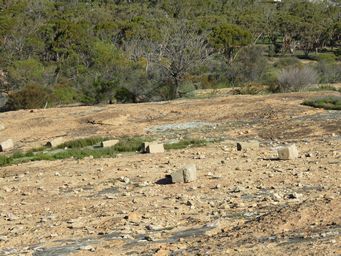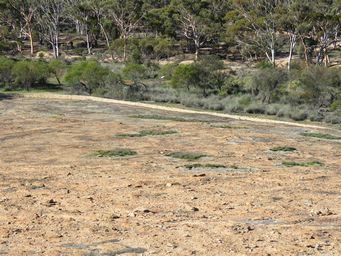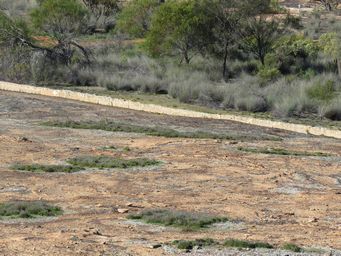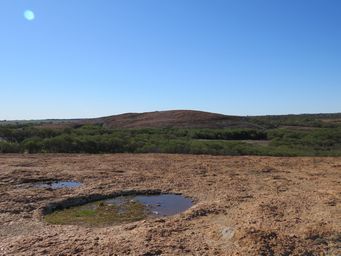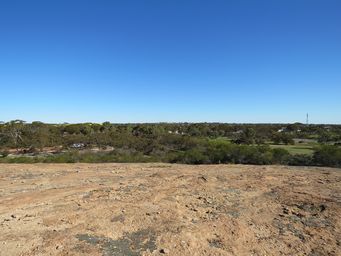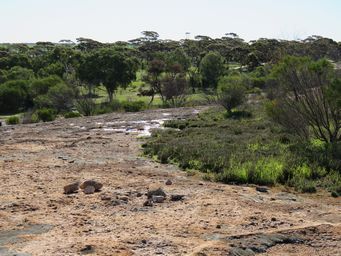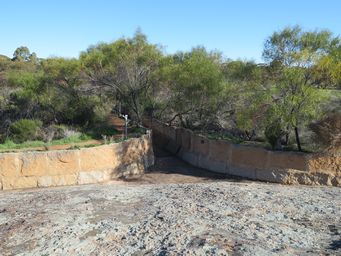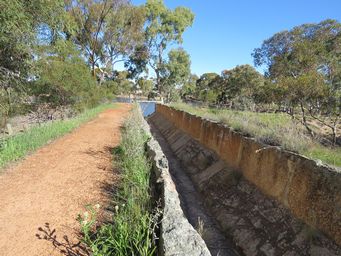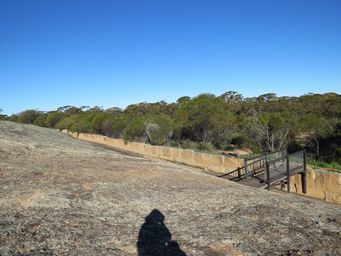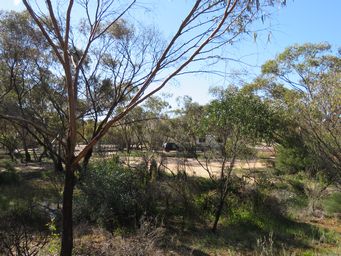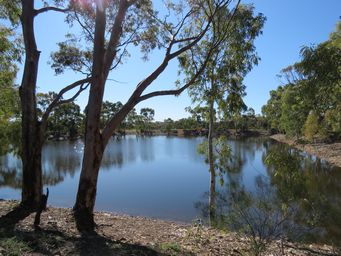Australia So Much to See

Merredin Rock to the locals, or Merredin Peak as it is officially named, is a large but moderately low granite outcrop, rising only 49 metres above the surrounding land. This proved ideal for collecting water which was channelled from the rock into a small dam which was built to service trains on the Eastern Goldfields line, which was built in the 1890s to service the Kalgoorlie area.
The railway is now a busy line for freight as well as the Prospector passenger service. The dam was constructed between 1893 and 1896, this dam provided water for the trains as well as for the town, being the town’s main water supply until the Mundaring to Kalgoorlie pipeline was completed in 1903. The dam continued to supply the trains until 1969, when stream trains were phased out in favour of diesel locomotives.
Merredin, just a town to drive through on the way to the eastern states or vice versa? There is much more to Merredin that meets
the eye.
Merredin was named from the Aboriginal name that sounded like Merriding, and means "place of Merritt's", a locally
abundant hardwood tree, the trunks of which were used for making spears by the Njaki Njaki people. This tree is Eucalyptus flocktoniae,
now known as Merrit. It has smooth, silvery grey bark, brown seasonally, and its heartwood is a deep reddish brown.
The
first town was started to the north of Merredin Peak, on the York to Coolgardie Road, but when the railway line was constructed south
of the rock, land in the present townsite was offered for sale in 1906. These sales resulted in the building of a hotel, some general
stores, a tailor's shop and a boarding house.
The green area is the Merredin Golf Course, on the west side of the rock.
In wet weather, we headed north to Merredin. Wind turbines of the Collgar Wind Farm were visible as we neared Merredin. This facility is approximately 25 kilometres south east of the town. These turbines can also be glimpsed from vantage points
such as Merredin Peak and Totadgin Rock.
Collgar Wind Farm is built over a land envelope of 18,000 hectares and has 111
wind turbines with a total power production capacity of 222 megawatts, generating between 630-750 gigawatt hours per year. Collgar
wind farm, established in 2011, was the largest wind farm in Western Australia until the 2021 opening of the Yandin Wind Farm near
Dandaragan in the wheatbelt to the north of Perth.
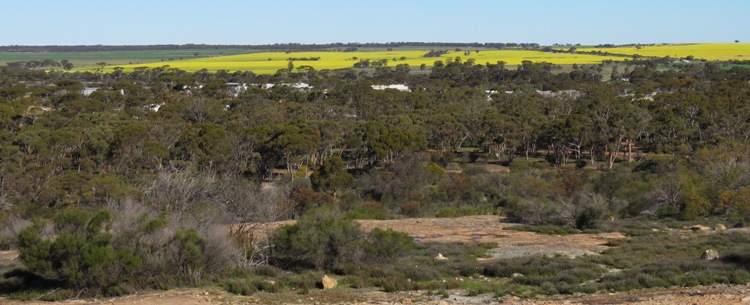
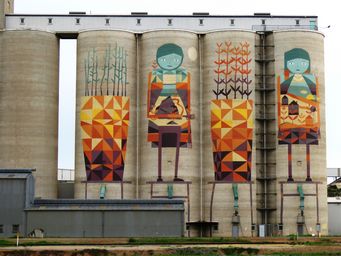
The catchment wall around Merredin Peak is about four kilometres long, harvesting water from an area of around 400 hectares and flows
into the dam via a hundred metre channel. Dam capacity 25 million litres. Water is still used for the town's parks and
gardens.
